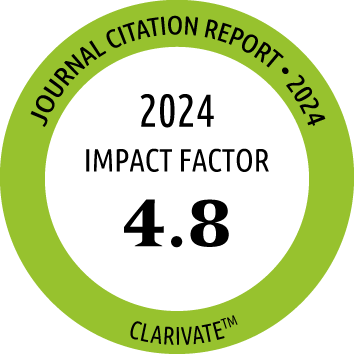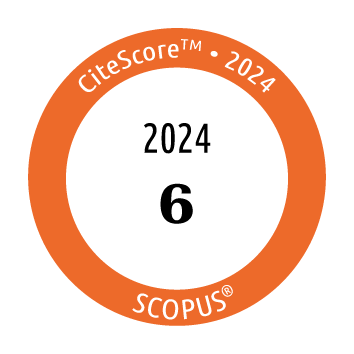Return to content in this issue
A Deep Intronic Polymorphism at 9q21.11 Contributes to the Risk of Atopic Dermatitis Through Methylation-Regulated Expression of Tight Junction Protein 2
Lim YYE1, Sio YY1, Say Y-H1,2,3, Reginald K3, Chew FT1
1Department of Biological Sciences, Faculty of Science, National University of Singapore, Singapore
2Department of Biomedical Science, Faculty of Science, Universiti Tunku Abdul Rahman (UTAR) Kampar Campus, Kampar, Perak, Malaysia
3Department of Biological Sciences, School of Medical and Life Sciences, Sunway University, Malaysia
J Investig Allergol Clin Immunol 2025; Vol 35(3)
: 179-193
doi: 10.18176/jiaci.0978
Background: Atopic dermatitis (AD) is a chronic inflammatory itchy skin condition. Genome- and epigenome-wide association studies provide insights into genetic susceptibility and the pathogenesis of potential underlying disease.
Objective: This study sought to functionally characterize an AD-associated single-nucleotide polymorphism (SNP) located deep intronic of the tight junction protein 2 (TJP2) gene (9q21.11 locus), identified through a genome-wide association study (GWAS).
Methods: The association between the 9q21.11 locus (rs7872806) and AD was identified through a GWAS of 956 cases and 723 controls. TJP2 expression in peripheral blood mononuclear cells (PBMCs) was assessed against the rs7872806 genotype. Allele-specific methylation was evaluated at CpG sites 10 kb up- and down-stream of the 9q21.11 locus. The effect of DNA methylation on TJP2 expression was validated via in vitro methylation and 5-aza-2’-deoxycytidine–induced transcriptional activation studies. Transepidermal water loss (TEWL) measurements were used to determine skin barrier function.
Results: The major allele "G" of rs7872806 was found to increase the risk of AD by 2.64-fold (adjusted P value, 2.40 × 10-18; OR, 0.38) and was associated with increased methylation levels at the cg13920460 site (P<.001) and lower TJP2 expression in PBMCs (Pearson P=1.09 × 10-6, Pearson R, –0.313, P<.001). Inhibition of methylation by 5-aza-2’-deoxycytidine increased TJP2 promoter activity by up to 85%. Elimination of the cg13920460 methylation site increased expression by approximately 25%. The major allele of rs7872806 was also found to be associated with increased TEWL (P<.001).
Conclusion: Epigenetic influence at CpG site cg13920460 is associated with rs7872806 located deep intronic at 9q21.11. The SNP confers susceptibility to AD by altering TJP2 expression and promoting TEWL.
Key words: Atopic dermatitis, Genome-wide association studies, Epigenetics, Methylation, Expression quantitative trait loci, Tight junction protein, Transepidermal water loss, Epidermal hyperplasia
| Title | Type | Size | |
|---|---|---|---|
 |
doi10.18176_jiaci.0978_supplemental-materials_1.pdf | 178.22 Kb | |
 |
doi10.18176_jiaci.0978_supplemental-materials-figure_1.pdf | 555.67 Kb | |
 |
doi10.18176_jiaci.0978_supplemental-materials-table_1.pdf | 115.50 Kb |




